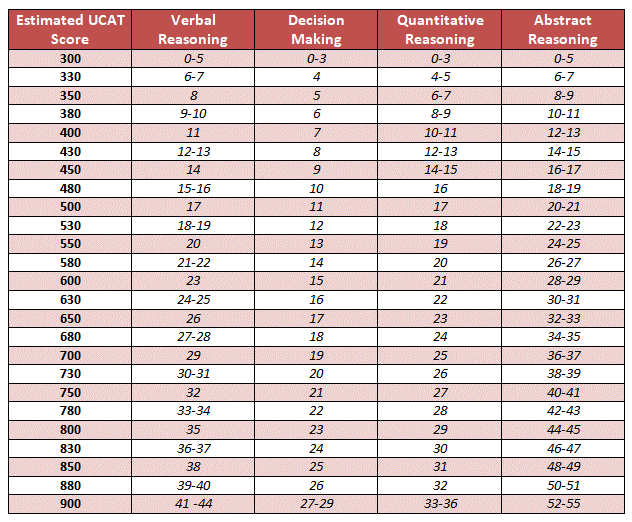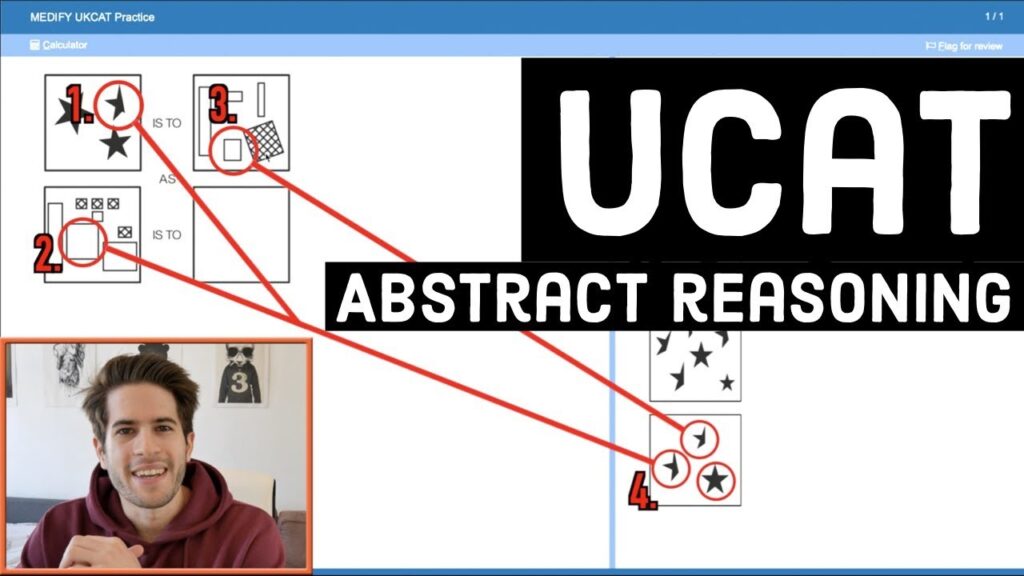Are you interested in studying medicine and would want to know the specifics of the UCAT? Then, this Australian medical school guide would provide all the information you need!
In Australia and New Zealand, the need for a graduate or undergraduate degree in medicine and surgery has grown throughout time.
This has encouraged individuals to take to the internet on a regular basis and ask various questions that will help them understand the numerous things they need to know about applying to Australian medical schools.
Among the most notable is “What is the UCAT?”
UCAT is a phrase that takes much investigation to fully understand. You would have that whole understanding by reading this text through to the finish.
Overview of UCAT
In the UK, there are two primary entrance exams used for courses pertaining to medicine, dentistry, and other health-related fields. Among these are the BioMedical Admissions Test, or BMAT, and UCAT.
The majority of universities in the United Kingdom, Australia, and New Zealand employ the UCAT, or University Clinical Aptitude Test, as part of their admissions screening procedures for medical and dentistry degree programs.
Originally known as the United Kingdom (UK) Clinical Aptitude Test, or UKCAT for short, the UCAT was originally introduced in 2006.
The test was renamed UCAT and was accepted by Australia and New Zealand in 2019 for the purpose of screening new medical and dental admissions.
UCAT and UMAT’s History (UCAT vs. UMAT)
The Australian Council for Educational Research in Australia used to oversee the UMAT, or Undergraduate Medicine and Health Sciences Admissions Test, before it was adopted as a screening exam for Australian medical schools.

In 1991, the UMAT was initially made available. It was intended to help in the selection of domestic students for courses connected to health sciences, such as most degree programs in medicine and dentistry.
Only domestic applicants were selected for undergraduate courses using the UMAT. The Graduate Medical Schools Admissions Test was a prerequisite for graduate degree applicants.
The International Students Admissions Test was taken by international students.
UMAT vs. UCAT
For reasons that are unclear to us, the Australian government switched from the UCAT to the UMAT in 2019.
While the format of the exam differs slightly from the UMAT, the main objective of determining a student’s aptitude for medicine remains unchanged.
The following are the main justifications for choosing UCAT over UMAT:
- Students have more options when it comes to when they take the test thanks to UCAT. This facilitates the candidates’ ability to arrange their preparations around other obligations. In contrast, the UMAT had a single exam and was more stringent.
- Unlike other exams, where students must wait many months to obtain their results, UCAT allows students to receive their results immediately after the exam.
Why Is UCAT So Important?
Many people are curious as to why the UCAT was established and why it is given such weight. There are several factors at play when it comes to the UCAT’s requirement for admission to the majority of medical schools in Australia and the United Kingdom.
The year 12 score needed to get into dentistry, medicine, and other health-related schools grew quite high due to the great demand for those courses. As a result, schools had to come up with new ideas and methods for assessing students for medicine. For this reason, it is better to participate in UCAT live course and make yourself well-prepared for the exam.
What Format Does the UCAT Test Use?
The UCAT is a computer-based exam that is required for admission to medical and dentistry institutions in Australia and New Zealand. It is available at different Pearson Vue locations.

It was intended to be a test of ability and attitude rather than academic accomplishment.
It attempts to evaluate a variety of cognitive skills among applicants to the medical field, including the ability to reason logically and critically, which is a vital skill that new physicians must master in order to have a successful clinical career.
The UCAT typically consists of five subtests: one for the applicant’s professional demeanor and four cognitive tests. The names of all five subtests are as follows:
- Verbal Reasoning.
- Quantitative Reasoning.
- Decision Making.
- Abstract Reasoning.
- Situational Judgement.
The UCAT Verbal Reasoning Section: What Is It?
This evaluates the applicant’s capacity for logical inference from textual material and reasonable conclusion-making. 22 minutes are allotted to the applicant to respond to questions in this segment. There are 44 questions and 11 texts in all.
Making Decisions
Candidates’ aptitude for using reason to make decisions and draw conclusions, analyze statistical data, and assess arguments is being assessed.
In this portion, candidates are given thirty-two minutes to respond to 29 questions pertaining to charts, tables, graphs, and diagrams.
The UCAT Quantitative Reasoning Section: What Is It?
The quantitative reasoning portion of the UCAT assesses a candidate’s aptitude for applying mathematics to solve numerical issues. We have set aside twenty-five minutes to finish this part.
Candidates are given thirty-six questions to answer that are related to tables, charts, and graphs.
Reasoning Abstraction
This part evaluates a candidate’s capacity for using divergent and convergent reasoning to derive relationships from data. In this part, you have just fourteen minutes to respond to fifty-five questions about sets of forms.

The Situational Judgement Subtest: What Is It?
Compared to the other UCAT sections previously discussed, this one is entirely different. This component is designed to assess the candidate’s situational awareness and medical ethics knowledge.
This segment has 69 questions linked to 22 situations and lasts for 27 minutes.
Including the warm-up period, the UCAT exam might take up to two hours total to complete. However, there will be trial questions in about 10% of the questions.
What Level of Difficulty Is The UCAT?
Given that there are 273 questions in all to be answered during the UCAT, one of the biggest questions at this point is how hard the test is overall.
The UCAT is an extremely challenging, time-sensitive, and technological exam. Nevertheless, it is still possible to perform it flawlessly.
The questions are not at all like ones you might find at a university or high school.
It is nearly hard for applicants to complete the exam due to the large number of questions and the little amount of time available.
As such, it’s an exam that calls for a high level of focus and rapid thinking.
The aforementioned information should let candidates realize that their preparations should be limitless rather than instilling anxiety in them.
